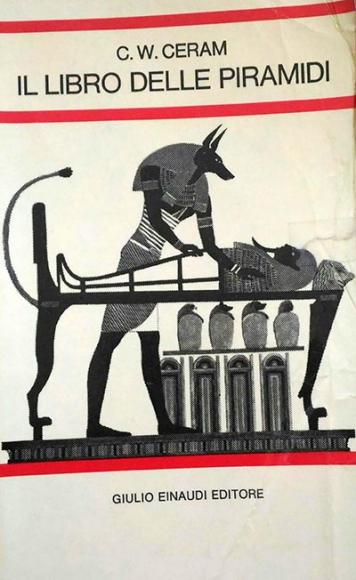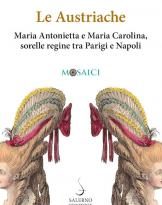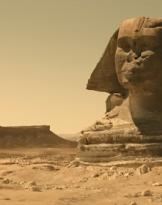The Pyramid Book, by CW Ceram
Ed: Giulio Einaudi
Pagg: 202
Back then, I was living in Aprilia at the time, I happened to go near a shelf at the exit of a large shopping center. On the shelf, full of used books, was written: "stray books"; there was also a kind of regulation that urged us to take a book to read and to bring someone else in exchange so that the culture could spread.
Intrigued, I stopped and gave a headline to the titles, stopping sometimes and then starting dissatisfied. Most of the books were in fact in bad condition and dealt with subjects that were not of my interest. Then, towards the end, when I was discouraged to leave without having taken anything, a little book appeared behind a row of pink novels: The book of the pyramids, of Ceram.
I took the book and adopted it.
Since then many years have passed (ten? Twelve?) And different readings have led me to deepen the ancient history in general and yet, even this summer, scrolling through the books of my library I could not resist the attraction and I reread, for the third time, this little book adopted.
Of course, like all my books, it is full of notes and notes made by hand, underlining and ears: in short, it is a lived book.
This little book tells the story of a great adventure: the discovery of archeology in Egypt.
Ceram (or Marek, if we want to use the real name of the author) starts from Napoleon and his conquest of Egypt to tell how Europe has rediscovered a fabulous and forgotten world.
"Paris weighs on me like a leaden hood! Your Europe is a hill of moles! Only in the East, where six hundred million men live, great kingdoms can be founded and great revolutions organized!", These are the words of Napoleon.
On May 19, 1798, Napoleon left Toulon for Egypt. The country was to be the first stop for the Indies but Napoleon had to clash first with the Mamluks army led by Murad bey and then with Nelson's fleet. A year of battles followed until Bonaparte decides to return to Europe, his army is no longer able to continue.
The military expedition failed, but Napoleon cannot be said to return to Europe empty-handed. Together with the troops he brought one hundred and seventy-five civilian scientists to Egypt, equipped with an entire library on Egypt and the necessary tools to make surveys and measurements. Among these was Dominique Vivant Denon, draftsman, diplomat and general manager of all museums in France.
Denon had been attached to the troops of General Desaix who pursued Murad bey while the latter, fleeing, entered upper Egypt. During the whole period he lived frugally as the troops and his only interest was to draw, any scene that seemed interesting to him was immortalized. Among his drawings, of course, there was no shortage of hieroglyphs and the main archaeological monuments encountered during the long days of march. Among the objects collected during the march was a black basalt stele containing a trilingual inscription, the now famous Rosetta Stone. On his return to France, Denon published his illustrated travel story: Voyage dans la Haute et la basse Egypte.
As I write I review the main steps and I want to read it again so much is written well and interesting.
Ceram continues his account by quoting the passages of the ancient texts in which he speaks of the reign of the pharaohs to then pass to him who we must decipher the hieroglyphs, Champollion. His was a business that only a genius could accomplish.
Then it is the turn of the main explorers of Egypt, Belzoni, the ialian collector; Lepsius, the German authorizing officer; Mariette, the French conservative and finally Petrie, the English meter and interpreter.
Egypt is an open-air museum and the history of the finds can be assimilated to a great novel in which the characters travel millennia of history to arrive until our days often completely forgotten. Ceram is one of those men who, with his books, has allowed Egypt to continue living.
Definitely, the book of the pyramids can not miss in your library.
Alessandro Rugolo












